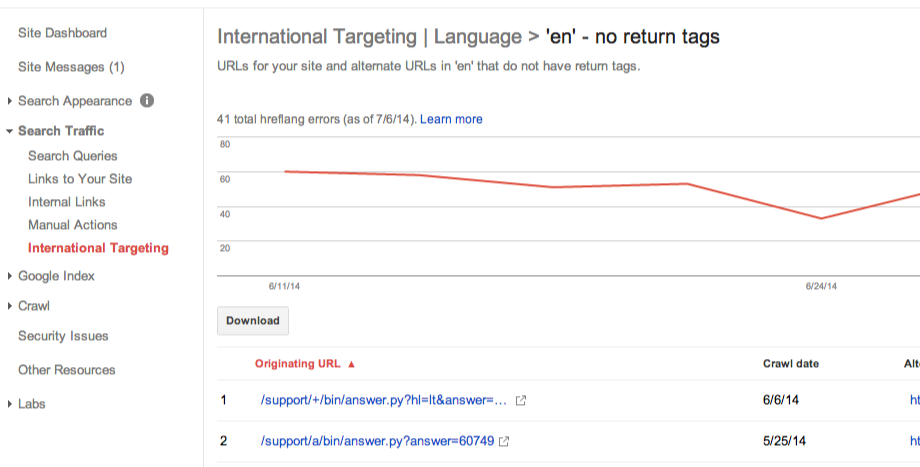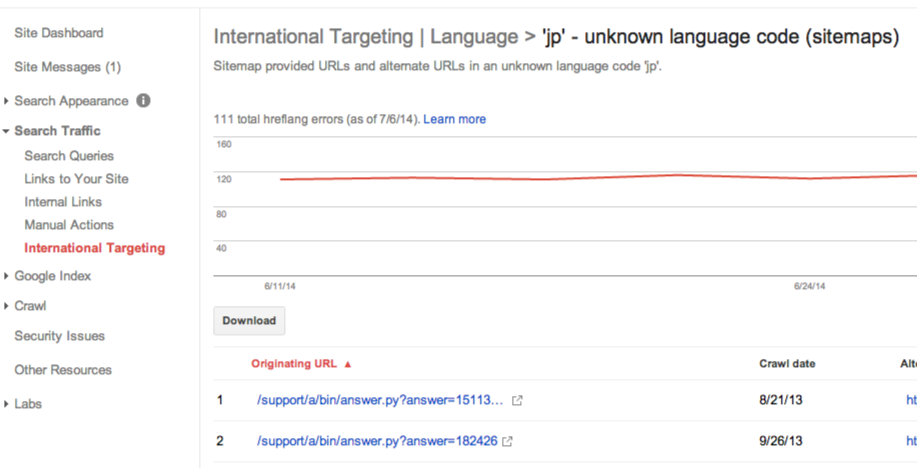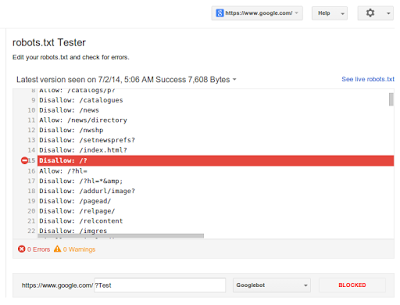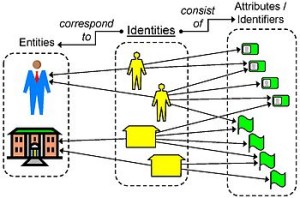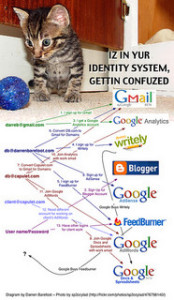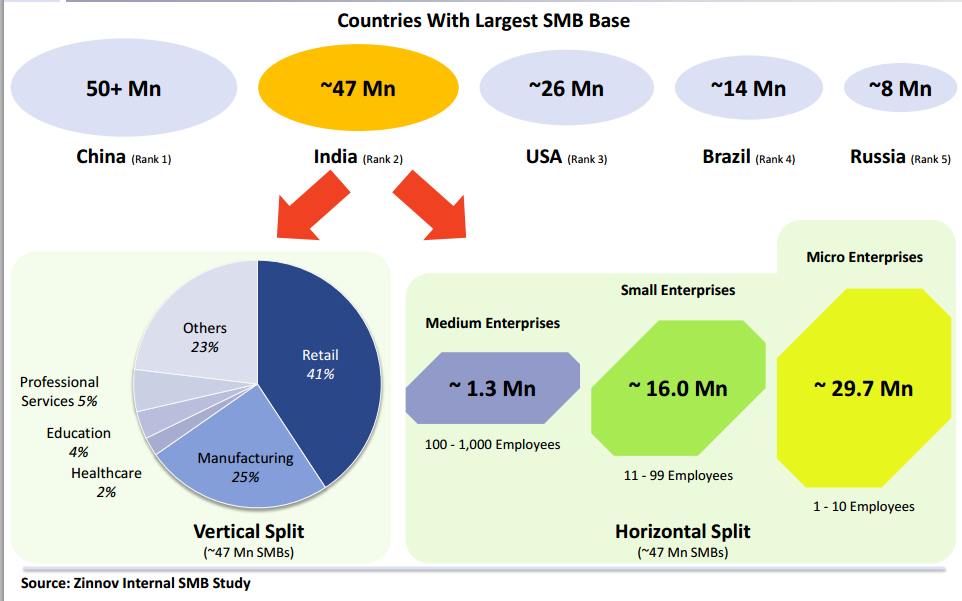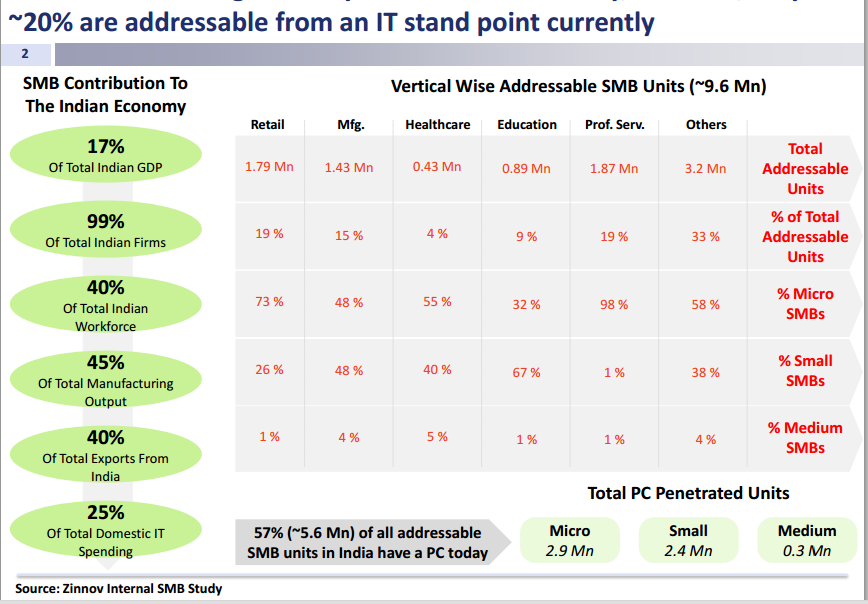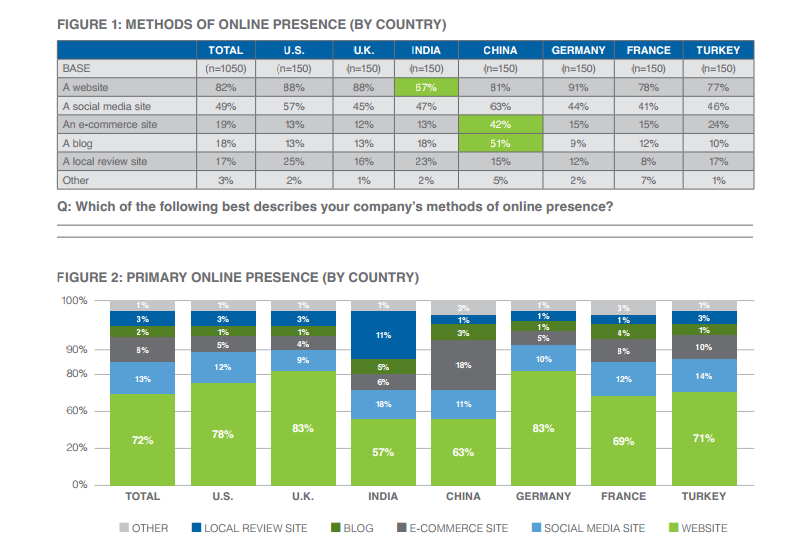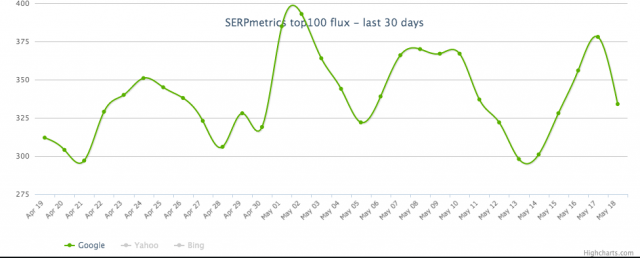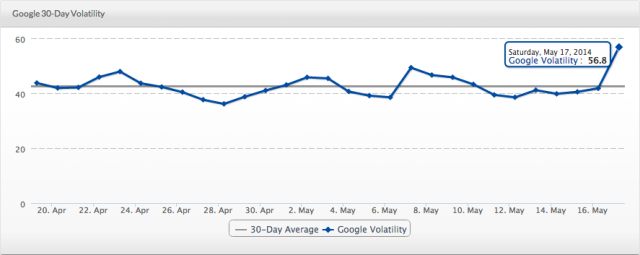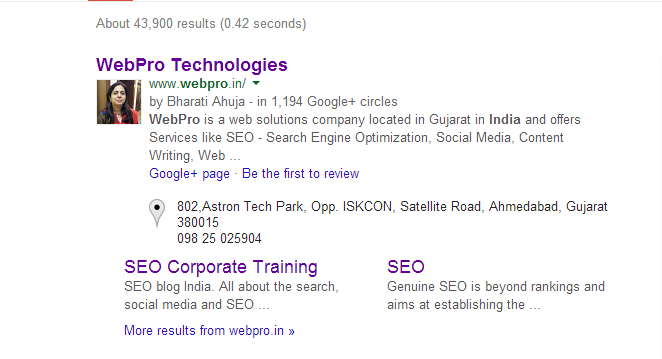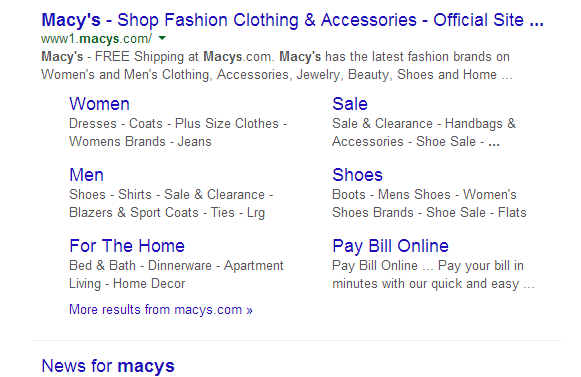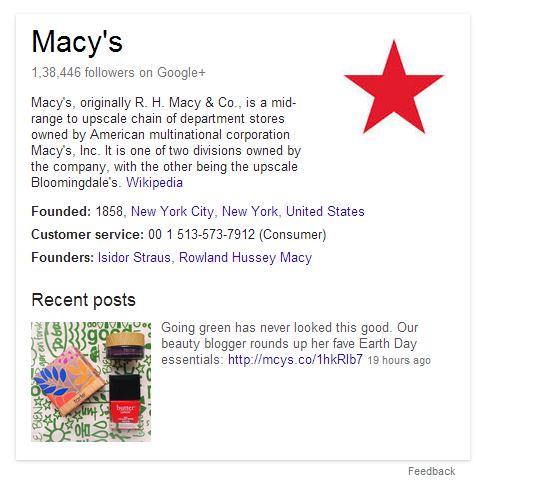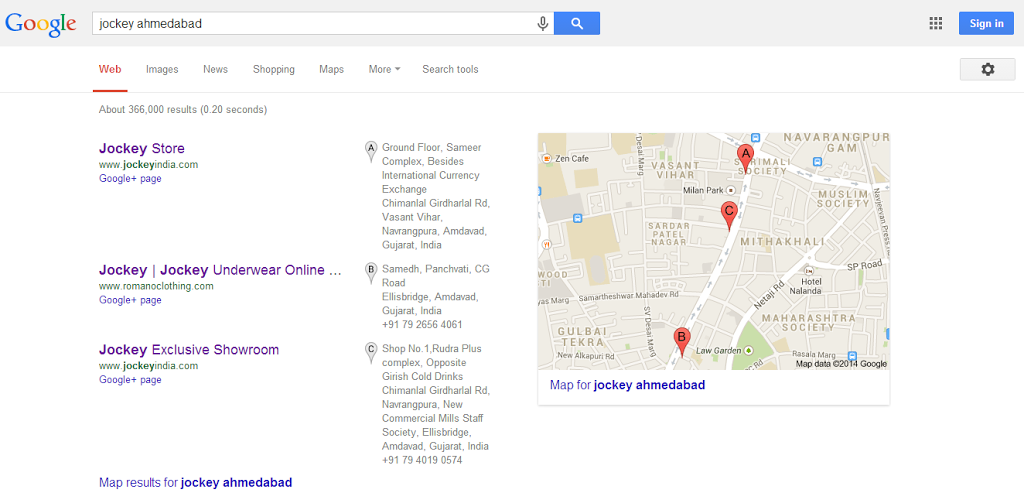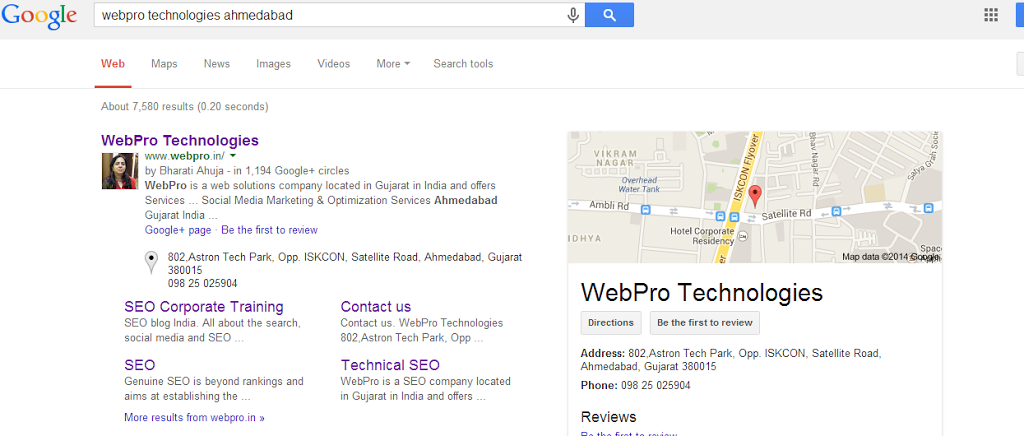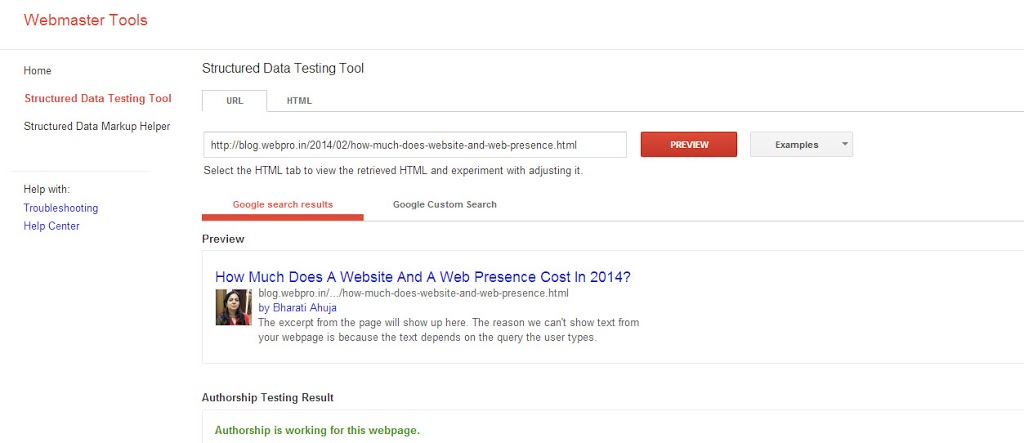Deciding how to sell online becomes more difficult than deciding what to sell online. There are multiple options available that tend to confuse a newbie in the online business. An online marketplace (or online e-commerce marketplace) is a type of e-commerce site where product and inventory information is provided by multiple third parties, whereas transactions are processed by the marketplace operator.
Examples of online marketplaces are eBay, Snapdeal, Flipkart, and Amazon
Lately I have observed that many people after working on their eCommerce sites soon lose patience and start focusing on online marketing places and neglect their own eCommerce websites.
No doubt online marketplace is a much easier way of setting up an online store, you don't need any technical assistance, you don't have to brainstorm about the design and you don't have to bother about sales transactions; basically everything is spoon fed. All you need to do is list your products, receive traffic without much effort and pay a commission or fee to your marketplace. A very tempting and convenient 'short cut' to selling online.
This according to me is taking the shortcut to online success which in the long run may not be beneficial, as instead of working on your website you rent out a space to showcase your goods to win the online race. I correlate this to the story of the “Hare And The Tortoise” where the hare plans to take a nap as it thought that the tortoise is too slow and will be able to manage to cross the finish line and win the race even at the last moment .
I think winning the online race is not only about how much profit you are making currently but also about establishing your brand and also about having an owned presence which in the long run proves to be a digital asset which has a potential of an increasing ROI.
Just focusing on the online marketing places is like constructing a building without a firm foundation.
But, yes to start off online and gain quality web and search presence to drive traffic to your website is a daunting task and requires regular investment of time and money, which many times make the website owners shift to already established online market places like Amazon and eBay. But we need to understand that these websites too had to go a long waiting period and a period of constant struggle and patience to reach where they are today.
When you opt for the already established online market or bidding sites you do gain an immediate presence and you may be in business from day one but on the other hand you lose out on establishing your own brand and website (Owned Presence) which you may need to fall back on if your presence on the other rented sites gets adversely affected. This can happen due to various reasons like, fluctuations in the market, the market site losing popularity, gets adversely affected by the Google algorithm updates and loses search presence, etc.
The best option I think is the optimum utilization of resources to establish a presence on both the platforms. Establishing your own eCommerce site and having a presence on the online market sites are equally important. Else it is like having a good presence at the real time exhibitions and conferences but not having your own shop or office. Online marketplaces, are a great way of understanding how e-commerce works. But if you want your business to flourish as per your rules, with a brand identity and with long term plans, then there is no other way than having your own website.
In general, because marketplaces aggregate products from a wide array of providers, selection is usually more wide, availability is higher, and prices are more competitive than in vendor-specific online retail stores. As many marketplaces cross-promote the items of other merchants along side of your items. In many cases, they even compare prices. Therefore, if your competitor is offering the same item at a lower price, they may end up making what was supposed to be your sale.


